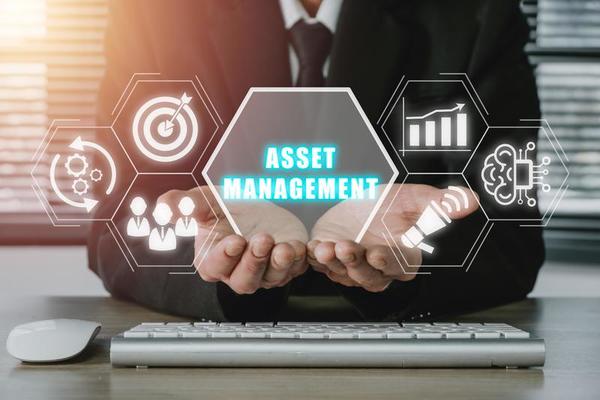
Financial markets are transforming radically, driven by technological advancements that promise to revolutionize asset management and interaction. Blockchain technology is one of the critical drivers of this change, a decentralized, transparent system that can reshape asset management. It is a distributed ledger system that stores transactions across multiple computers. As a result of this decentralized approach, no single entity can control the entire chain, making it highly secure. In the context of asset management, blockchain offers several key advantages:
- Enhanced transparency – All transactions are recorded and visible to authorized parties.
- Improved security – The decentralized system makes it nearly impossible to hack or manipulate.
- Increased efficiency – Automation of processes reduces the need for intermediaries and speeds up transactions.
- Greater accessibility – Blockchain potentially democratizes access to various financial assets.
Transforming traditional asset management
Integration of blockchain into asset management could address many long-standing issues. Here are some areas where blockchain is making significant impacts:
Streamlining operations
The most immediate benefit of blockchain in asset management is streamlining operations. Traditional asset management often involves multiple intermediaries, each adding layers of complexity and potential points of failure. Many of these processes can be automated with blockchain technology, minimizing human error. For instance, smart contracts, self-executing contracts with the terms directly written into code, automate complex transactions. By automating processes, fraud risk is reduced, and processes are streamlined.
Enhancing transparency and trust
Transparency has always been a critical issue in asset management. Investors want to know exactly where their money is going and how it’s managed. All transactions are immutable, allowing unprecedented transparency. Asset managers and their clients trust each other more when there is greater transparency. An open and trustworthy relationship is fostered between investors and asset managers with real-time information.

Reducing costs
Blockchain technology’s automation and disintermediation lead to significant cost reductions in asset management. It reduces operational costs by eliminating the need for many intermediaries and streamlining processes, potentially lowering investor fees. These cost savings could make professional asset management more affordable for more people, democratizing access to financial expertise.
Challenges and considerations
While the potential of blockchain in asset management is enormous, there are still challenges to overcome:
- Regulatory hurdles – The regulatory landscape for blockchain-based financial services is still evolving, and asset managers will need to navigate these changes carefully
- Integration with existing systems – Implementing blockchain technology may require significant infrastructure overhauls, which is costly and time-consuming.
- Scalability – As blockchain networks grow, ensuring they handle increasing transaction volumes efficiently remains a challenge
- Education and adoption – Industry professionals and investors must be educated about blockchain technology to drive widespread adoption.
While blockchain has challenges, its asset management benefits cannot be ignored. We expect more asset management firms to embrace blockchain as the technology matures and regulatory frameworks evolve. Companies such as rexas finance are exploring using blockchain technology in asset management. It will be fascinating to see how blockchain reshapes the future of finance, improving asset management as the industry grows.




